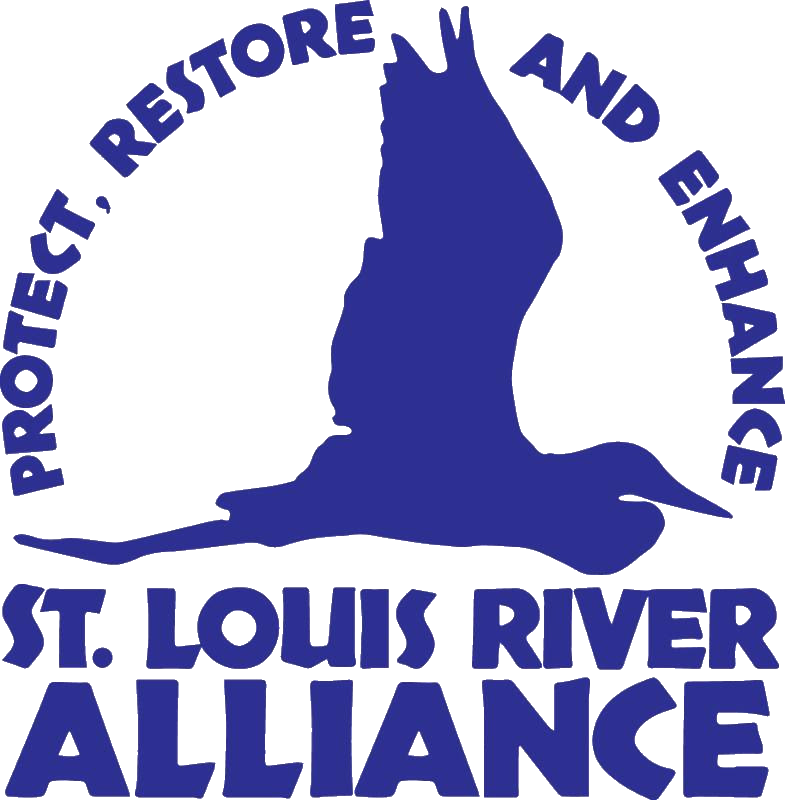St. Louis River Area of Concern Updates: Ponds behind Erie Pier
EPA and MPCA announce $16 million sediment cleanup in the St. Louis River Area of Concern in Duluth, Minnesota
01/27/2021
Contact Information:
Allison Lippert (lippert.allison@epa.gov) 312-353-0967
Lucie Amundsen (lucie.amundsen@state.mn.us) 218-302-6600
CHICAGO (Jan. 27, 2021) – The U.S. Environmental Protection Agency (EPA) and Minnesota Pollution Control Agency have signed a $16 million project agreement to remediate contaminated sediment in the “ponds behind Erie Pier,” two backwater ponds surrounded by shallow marsh wetlands in Duluth, Minnesota.
“EPA’s partnership with Minnesota continues to produce results in the St. Louis River Area of Concern,” said acting EPA Regional Administrator Cheryl Newton. “This sediment cleanup will address a century’s worth of contamination, protecting public health and aquatic life while improving access to a port that is critical to the region’s economy.”
EPA and MPCA will fund the sediment remediation work through a Great Lakes Legacy Act cost-sharing partnership. Under the project agreement, MPCA will contribute up to $5.6 million of the total estimated project cost of $16 million. The project is slated to begin early summer 2021 with the help of the U.S. Army Corps of Engineers.
“The great progress in the St. Louis River is pushed forward by the partnerships between federal, state, local and tribal governments, as well as many stakeholders,” said MCPA Commissioner Laura Bishop. “These vital restoration projects continue to bring exciting opportunities that support healthy families, recreation and our economy.”
The project will remediate approximately 45,000 cubic yards of contaminated sediment in the two ponds, located near the Duluth-Superior Harbor in the St. Louis River Area of Concern (AOC). The sediment is primarily contaminated with PCBs, PAHs, mercury and chromium. The remediation project will consist of dredging all contaminated sediment in the project area, temporarily storing and dewatering the sediments on site, disposing of the dewatered sediments at an off-site landfill, placing approximately 6-inches of clean cover material over the dredged area, and revegetating the remediated site.
The cleanup will reduce toxins in the “benthic” or bottom dwelling community in the ponds, reducing the contaminants in the macroinvertebrates which live in the pond sediment and provide an important food source for fish. As a result, contaminant levels in fish will be reduced, making them safer to eat.
This project is part of the larger effort to restore and protect the Great Lakes through the Great Lakes Restoration Initiative (GLRI). In October 2019, EPA released GLRI Action Plan III, an aggressive plan that will guide Great Lakes restoration and protection activities by EPA and its many partners over the next 5 years.
The St. Louis River AOC is one of 43 AOCs identified by the United States and Canada in the mid-1980s as the most environmentally degraded areas in the Great Lakes ecosystem, and is the second largest AOC in the United States.
For more information, visit: https://www.epa.gov/great-lakes-aocs/st-louis-river-aoc
###
Contact Us to ask a question, provide feedback, or report a problem.
